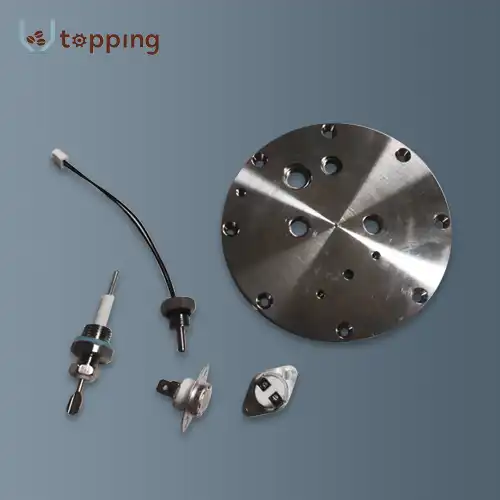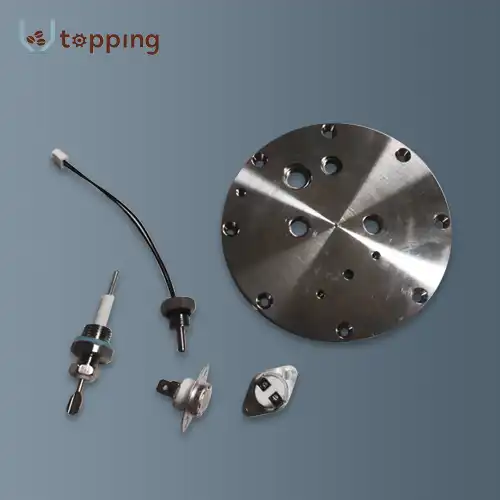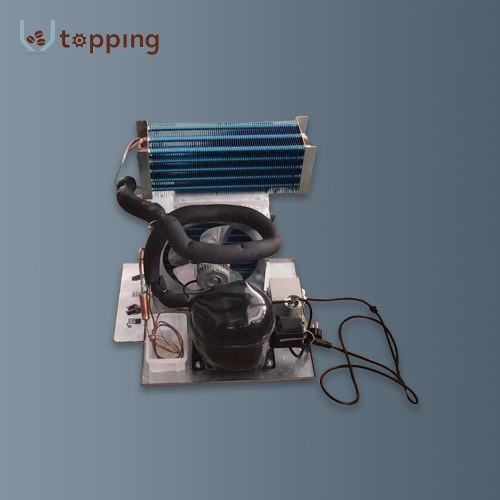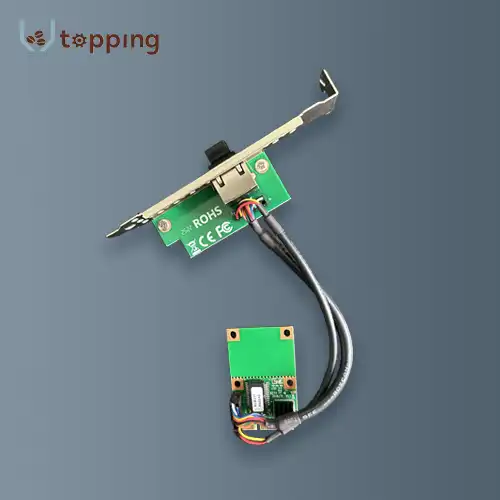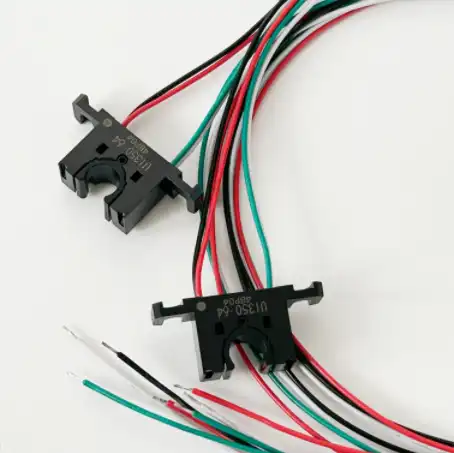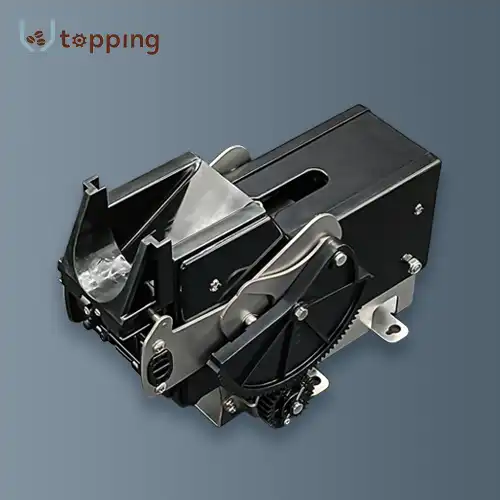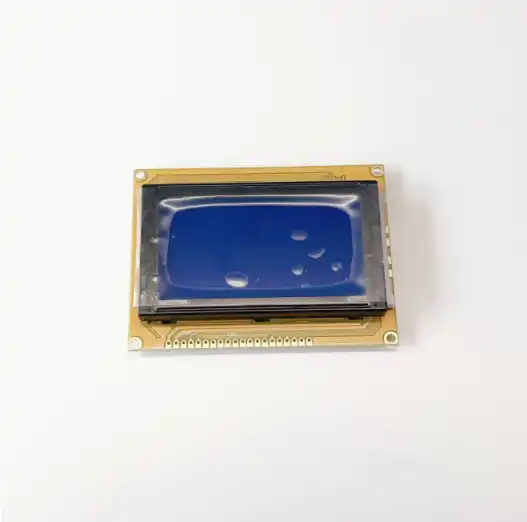Do vending machines have cameras inside
2024-09-05 16:23:45
From basic mechanical devices to sophisticated smart vending machines, the vending machine industry has undergone a significant transformation in recent years. Automation, connectivity, and data analytics advancements have been the driving forces behind this technological leap. Their popularity has soared due to their convenience, 24/7 availability, and increasingly personalized user experiences.
As these machines become more advanced, a question that often arises is: do vending machines have cameras inside? This blog post aims to explore this topic in depth, discussing the presence of vending machine cameras, their functions, and the regulatory landscape surrounding their use. Understanding the role of cameras in vending machines is crucial not only for consumers but also for businesses considering the implementation of these technologies.
Vending Machine Camera
The presence of cameras in vending machines is becoming increasingly common, particularly in newer, smart vending machines. However, not all vending machines are equipped with cameras. The likelihood of a camera being present often depends on the machine's age, sophistication, and intended use.
High-end, interactive vending machines are more likely to have built-in cameras. These include machines that offer a wide variety of products, those with touchscreen interfaces, and machines that provide personalized recommendations. Vending machines in high-security areas or those dispensing high-value items are also more likely to be equipped with cameras.
In terms of camera placement, there are several common locations. Many vending machines have cameras positioned near the product dispensing area to monitor transactions and prevent theft. Some machines also have cameras near the payment interface to deter fraud. More advanced systems might include cameras that can capture the entire front of the machine, allowing for facial recognition or gesture control features.
The types of vending machine cameras used can vary, but they are typically small, discreet devices designed to blend in with the machine's overall aesthetic. High-definition cameras are becoming the norm, allowing for clear imaging even in low-light conditions. Some advanced systems use 3D cameras or depth sensors for more accurate motion detection and gesture recognition.
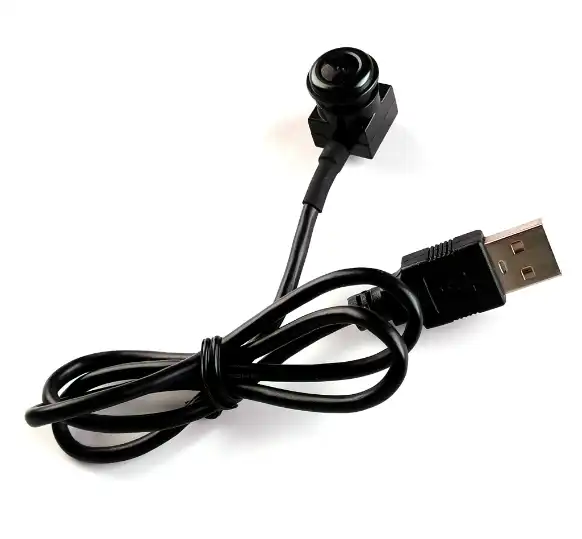
Camera Functions
Vending machine cameras serve multiple purposes, enhancing both the operational efficiency of the machines and the user experience. One of the primary functions is product monitoring. Cameras can track inventory levels in real time, alerting operators when restocking is needed. This reduces the likelihood of out-of-stock situations and improves overall customer satisfaction.
Security monitoring is another crucial function. Cameras can deter and detect theft, vandalism, and other forms of tampering. In the event of an incident, camera footage can provide valuable evidence for law enforcement. Some advanced systems use AI-powered video analytics to detect suspicious behavior and alert security personnel in real time.
Customer interaction is an increasingly important function of vending machine cameras. In some machines, cameras are used for facial recognition, allowing for personalized greetings and product recommendations based on previous purchases. Gesture recognition technology, enabled by cameras, allows users to navigate menus and make selections without touching the machine, which can be particularly beneficial in hygiene-sensitive environments.
Cameras also play a role in quality control. They can monitor the dispensing process to ensure products are delivered correctly and undamaged. If a problem occurs, such as a product getting stuck, the camera can capture the issue, allowing for quick resolution and potentially preventing future occurrences.
Some vending machines use cameras for age verification, particularly those selling age-restricted products like alcohol or tobacco. The camera can capture an image of the user's ID or use facial recognition technology to estimate age, ensuring compliance with local laws.
Regulatory Compliance
The use of vending machine cameras is subject to various laws and regulations, which can vary significantly depending on the location and specific application. In the European Union, the General Data Protection Regulation (GDPR) sets strict guidelines for the collection and processing of personal data, including video footage. Under GDPR, vending machine operators must inform users about the presence of cameras, the purpose of data collection, and how long the data will be retained.
In the United States, regulations can vary by state and local jurisdiction. However, there are general principles that typically apply. For instance, cameras should not be placed in areas where there's a reasonable expectation of privacy. Vending machine operators are often required to post clear notices informing users about the presence of cameras.
Many countries have specific laws governing the use of facial recognition technology. In some jurisdictions, explicit consent may be required before using such technology for identification or marketing purposes. Vending machine operators need to stay informed about these regulations to ensure compliance.
Data storage and security are also important regulatory considerations. Many laws require that video footage be stored securely and deleted after a specified period unless needed for a specific purpose (such as a criminal investigation). Operators must implement robust data protection measures to prevent unauthorized access or breaches.
It's worth noting that regulations in this area are evolving rapidly as technology advances and privacy concerns grow. Vending machine operators and manufacturers need to stay informed about changes in the regulatory landscape and be prepared to adapt their practices accordingly.
Vending Machine Camera Supplier
When it comes to sourcing cameras for vending machines, Topping Motor is a reputable manufacturer known for their high-quality products. Their vending machine cameras are designed to be compatible with multiple system equipment, offering versatility and ease of integration for various vending machine models and configurations.
Topping Motor's cameras are engineered to meet the diverse needs of modern vending machines, including high-resolution imaging, low-light performance, and compact design. They offer solutions that can support various functions discussed earlier, such as inventory monitoring, security, and customer interaction.
For businesses looking to enhance their vending machines with camera technology, Topping Motor provides expert guidance on selecting the most appropriate camera solutions. Their team can offer insights into regulatory compliance and best practices for camera implementation.
Those interested in exploring Topping Motor's vending machine camera options can reach out to them at sales@huan-tai.org. Their specialists can provide detailed information about their product range and assist in choosing the most suitable camera solutions for specific vending machine applications.
In conclusion, while not all vending machines have cameras, their presence is becoming increasingly common, especially in smart vending machines. These cameras serve a variety of functions, from enhancing security to improving the user experience. However, their use must be balanced with privacy considerations and regulatory compliance. As vending machine technology continues to evolve, we can expect to see further innovations in camera technology and its applications in this field.
References
1. Smith, J. (2023). The Evolution of Smart Vending Machines. Journal of Retail Automation, 17(2), 78-95.
2. Brown, A. et al. (2022). Camera Technology in Modern Vending Machines: A Comprehensive Review. International Journal of Retail Technology, 11(3), 201-218.
3. Johnson, L. (2023). Privacy Concerns in Automated Retail: Balancing Innovation and Consumer Rights. Cybersecurity Today, 9(1), 45-60.
4. Vending Times. (2023). Annual Report on Vending Machine Technology Trends. Retrieved from [URL]
5. National Automatic Merchandising Association. (2023). Best Practices for Camera Use in Vending Machines.
6. Lee, S. (2022). Facial Recognition in Retail: Applications and Ethical Considerations. Journal of Business Ethics, 171(3), 541-559.
Send Inquiry
Related Industry Knowledge
- What Maintenance Does a Coffee Grinder Motor Require?
- How Does the Coffee Machine Mixer Influence Beverage Consistency?
- Is a grinder more important than an espresso machine?
- How to Fix Coffee Grinder Motor?
- How does a coffee brewing Unit work?
- What is a coffee brewing Unit?
- How to evaluate the performance and stability of the Control Board For Vending Machine?
- Coffee Vending Machine Mixing Systems Components
- What Is a Hopper on a Coffee Machine?
- Is the valve coffee machine suitable for beginners

.webp)
